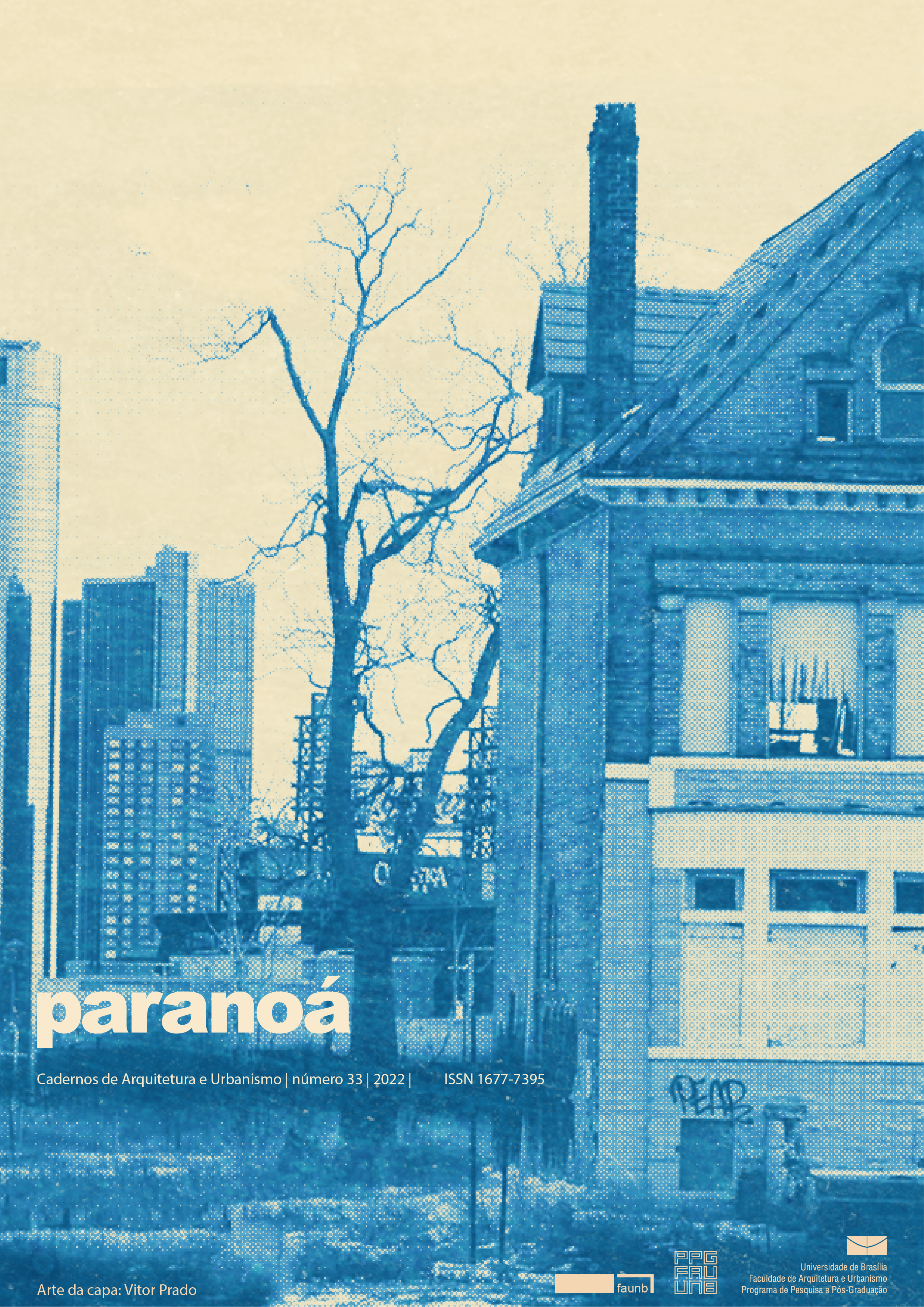Mestre Vitalino, Alto do Moura, Caruaru Fair
cultural, social and spatial contradictions
DOI:
https://doi.org/10.18830/issn.1679-0944.n33.2022.13%20%20%20%20Keywords:
verticalities and horizontalities, artisanal chain, local sociocultural aspects, Alto do Moura, Mestre VitalinoAbstract
Based on field research, with a qualitative approach, in the Alto do Moura neighborhood, in Caruaru, Pernambuco, Brazil, where Master Vitalino was “discovered”, we seek to problematize how the disputes between vertical and horizontal powers occur in the neighborhood in the face of the contradictions that permeate the and its relations with the artisanal chain. The objective was to analyze verticalities and horizontalities in Alto do Moura, understanding their economic, cultural, social and spatial consequences for the local population, especially those working in the artisanal chain. The management of the artisanal chain and the usufruct of the territory by the artisan community go hand in hand, one having an impact on the other. Inhabiting the city, recognizing oneself in it, representing oneself in artisanal pieces and “giving back” this recognition-representation in the usufruct of space feeds both the artisanal chain of Master Vitalino’s school and life in the city, since one influences the other. Treated in this way, the management of the artisanal chain makes it possible to empower the artisan both in relation to his work and to his urban spaces.
Downloads
References
BURNETT, A. As Raízes Rurais da Feira da Sulanca no Agreste Pernambucano. Revista Extensão Rural, Santa Maria, v. 21, n. 4, out./dez. 2014.
BUTLER, R.W. The concept of a tourist area cycle of evolution: implications for management of resources. Canadian Geographer, XXIV: 1, 1980. Canclini (1983)
COIMBRA et al. O Reinado da Lua – escultores populares do Nordeste. Rio de Janeiro: Salamandra, 1980.
CONDÉ, J. Terra de Caruaru. Rio de Janeiro: Civilização Brasileira, 1960.
FERREIRA, J. E. Ocupação Humana do Agreste Pernambucano: Uma Abordagem Antropológica para a História de Caruaru. João Pessoa: FAFICA, 2001.
HARVEY, D. A produção capitalista do espaço. São Paulo: Annablume, 2005.
HOBSBAWM, E. Introdução: A Invenção das Tradições. In: HOBSBAWM, E.; RANGER; T. (Orgs.). A invenção das tradições. Rio de Janeiro: Paz e Terra, 1984.
IBGE - Instituto Brasileiro de Geografia e Estatística. Cidades@ - 2014. Disponível em http://cidades.ibge.gov.br/xtras/perfil.php?lang=&codmun=260410&search=pernambuco|caruaru. Acesso em 24/02/16, às 16h23min.
IPHAN – Instituto do Patrimônio Histórico e Artístico Nacional. Dossiê Feira de Caruaru: Inventário Nacional de Referência Cultural. Recife: IPHAN, 2006.
Martins et al. Nova Fase da Lua: escultores populares de Pernambuco. 2. ed. Recife: Caleidoscópio, 2013.
MEDEIROS, B. T. F. A Feira de Caruaru. Patrimônio cultural nacional. In: GUILLEN, I. C. M. (Org.). Tradições & Traduções: a cultura imaterial em Pernambuco. Recife: Ed. Universitária da UFPE, 2008.
MELLO, P.C. Vitalino, sem barro: o homem – 80 anos de arte popular. Brasília: Fundação Chateaubriand/Ministério da Cultura, 1995.
MIRANDA, G. M. S. A feira na cidade: limites e potencialidades de uma interface urbana nas feiras de Caruaru (PE) e Campina Grande (PB). Dissertação (Mestrado em Desenvolvimento Urbano). PPGDU/UFPE. Recife: UFPE/MDU, 2009.
PREFEITURA MUNICIPAL DE CARUARU. Disponível em http://www.caruaru.pe.gov.br/sobre-caruaru. Acesso em 24/02/16 às 15h27min.
SANTOS, M. A Natureza do Espaço: Técnica e Tempo, Razão e Emoção. 4. ed. 5. reimpr. São Paulo: Editora da USP, 2009.
Downloads
Published
How to Cite
Issue
Section
License
Copyright (c) 2022 Paranoá

This work is licensed under a Creative Commons Attribution 4.0 International License.
Autores que publicam nesta revista concordam com os seguintes termos:
- Autores mantém os direitos autorais e concedem à revista o direito de primeira publicação, com o trabalho simultaneamente licenciado sob a Licença Creative Commons Attribution que permite o compartilhamento do trabalho com reconhecimento da autoria e publicação inicial nesta revista. http://creativecommons.org/licenses/by/4.0
- Autores têm autorização para assumir contratos adicionais separadamente, para distribuição não-exclusiva da versão do trabalho publicada nesta revista (ex.: publicar em repositório institucional ou como capítulo de livro), com reconhecimento de autoria e publicação inicial nesta revista.
- Autores têm permissão e são estimulados a publicar e distribuir seu trabalho online (ex.: em repositórios institucionais ou na sua página pessoal) a qualquer ponto antes ou durante o processo editorial, já que isso pode gerar alterações produtivas, bem como aumentar o impacto e a citação do trabalho publicado (Veja O Efeito do Acesso Livre).















